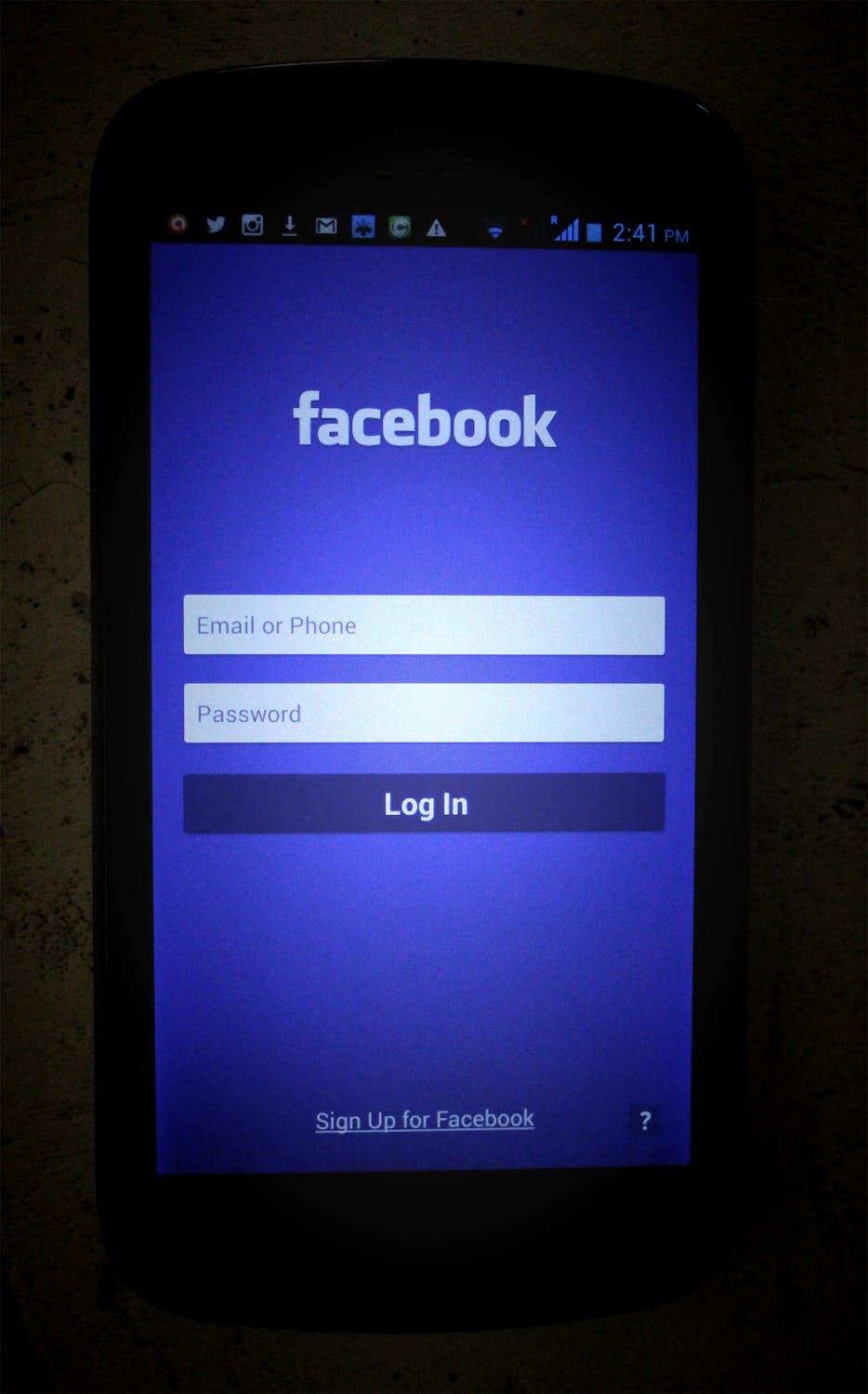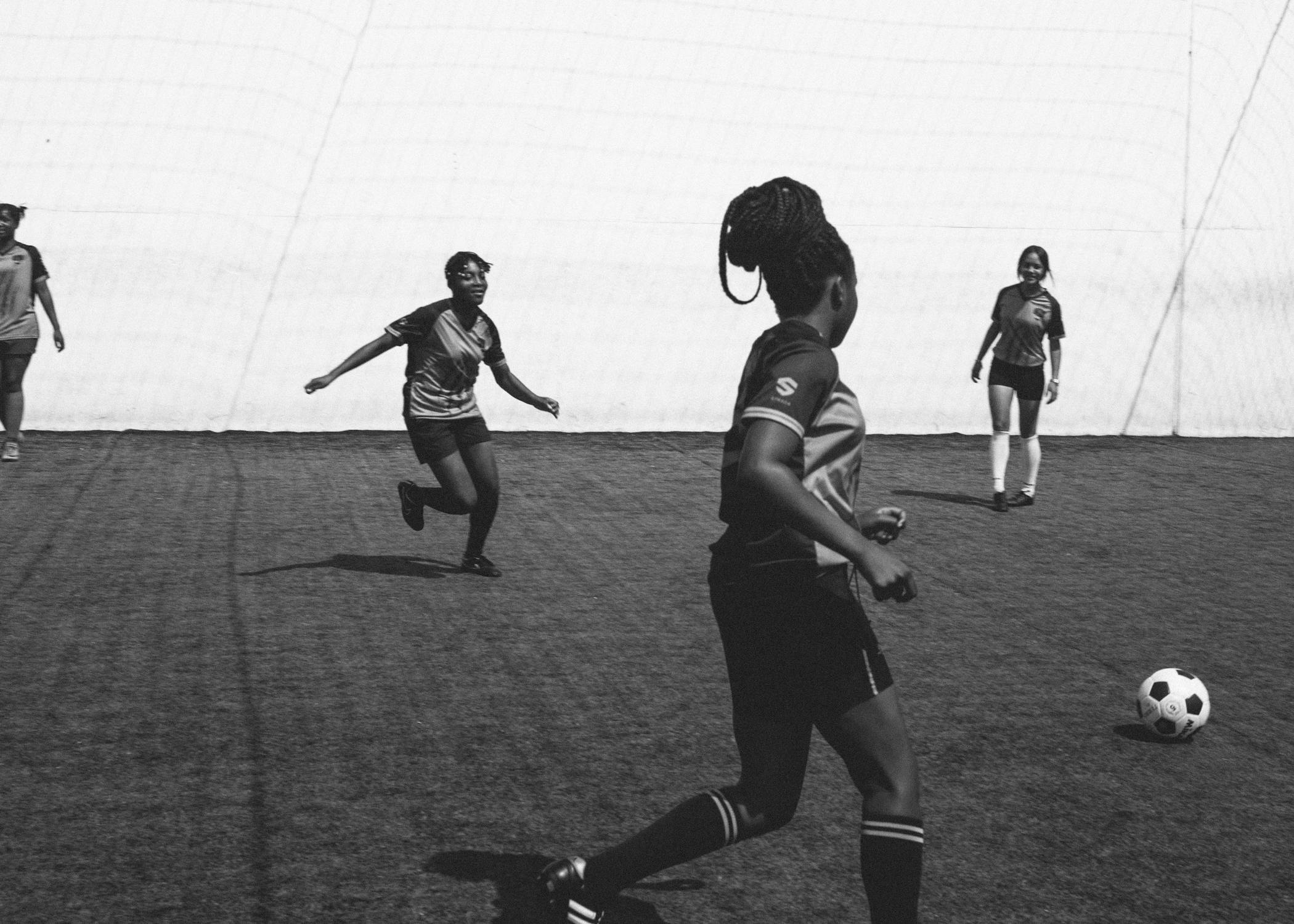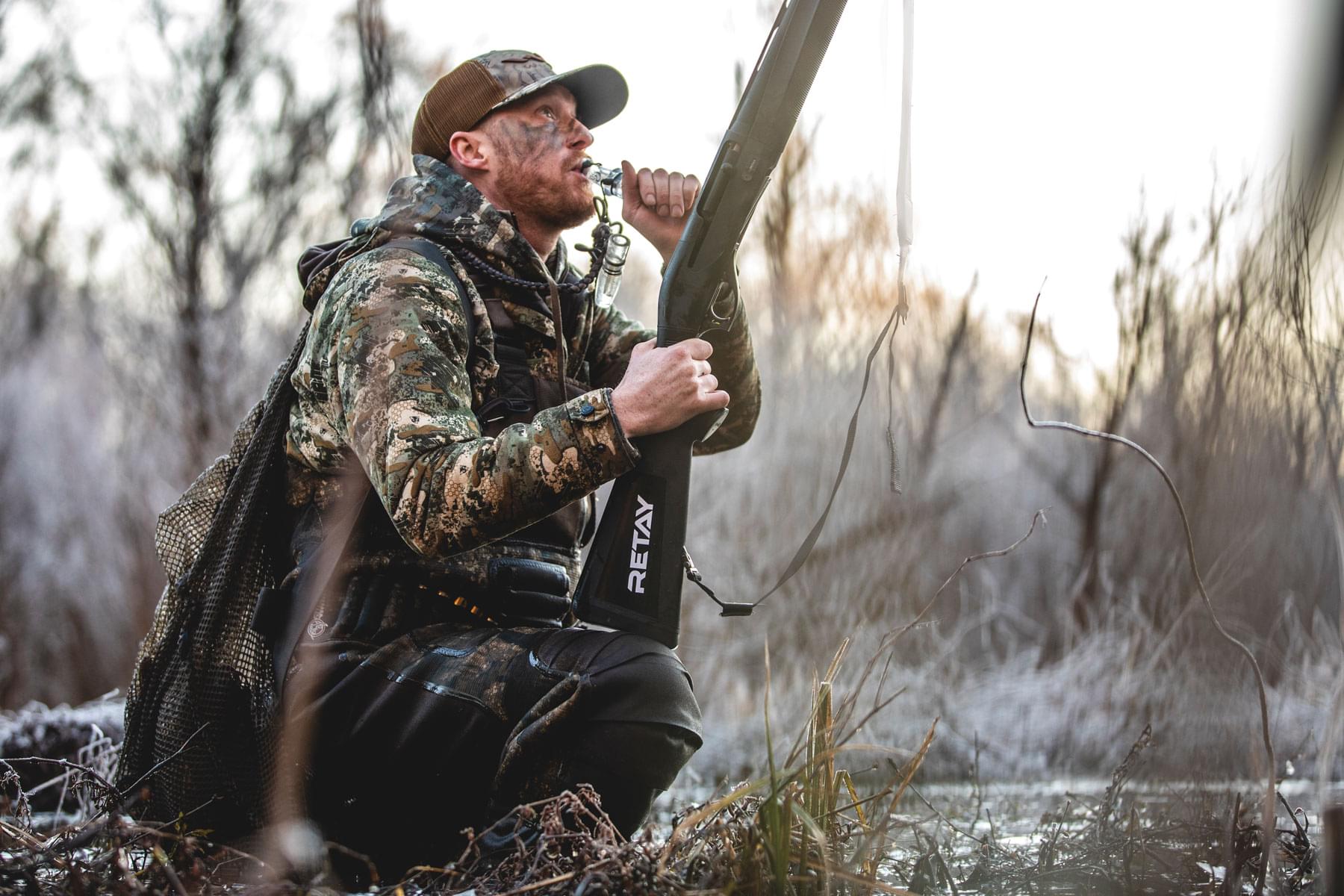[ad_1]
It won’t be just 2,000 athletes in the spotlight when the World Athletics Championships get underway later this month in Eugene.
The world’s athletic footwear companies will descend on the city like aphids on a Willamette Valley hazelnut orchard. They will stage road runs. They will erect pop-up stores. They will take over restaurants and bars for invite-only events with track and field A-listers.
And they will plaster their logo all over the athletes they’ve signed to endorsement contracts as they cross their fingers for a first-place finish.
All of the pomp papers over an uncomfortable truth about track and field today: In terms of sheer dollars, the footwear companies are now much larger than the sport, which has struggled to maintain its audience.
Over time, the business model has shifted to the point that many of the sports’ governing bodies, national teams, collegiate programs and individual athletes now rely on the largesse of Nike and its peers. For decades, corporate leaders like Nike co-founder Phil Knight have poured untold sums into the sport.
To receive the Oregon22 newsletter every day in your email, simply click here to opt in. You can also subscribe by filling in your email below.
Jon Ridgeon, head of World Athletics, the sport’s international governing body, said it’s hard to overstate the industry’s impact.
“Clearly Mr. Knight has been the funder and the inspiration behind the wonderful stadium there in Eugene,” he told The Oregonian/OregonLive. “But it goes beyond Nike. The footwear companies are the lifeblood of the sport. We couldn’t have a sport without them.”
“It’s a unique business model,” conceded Max Siegel, Ridgeon’s counterpart at USA Track & Field. There are no professional leagues in the American sense, there are no city-based teams or wealthy team owners, and what television contracts exist tend toward the small to tiny.
The footwear companies stepped into that vacuum.
But some of the track and field athletes who built these companies and happily poured corporate dollars into the sport are now retiring. Observers wonder whether the younger generation of corporate leaders will share their passion.
The shoemakers have always been deeply ingrained in the sport. As far back as the 1930s, the Dassler brothers outfitted athletes with their athletic shoes. Adi Dassler went on to found Adidas and Horst Dassler formed Puma.
When Knight traveled from track meet to track meet selling his running shoes out of the trunk of his car, it was the beginning of its sports marketing strategy that continues on today. Convincing the fastest runners to wear your product was the best marketing strategy they had. Some insiders called it “word-of-foot” publicity.
The companies outfit national teams, sponsor track meets and underwrite their own corporate track teams. They sign thousands of athletes to endorsement contracts.
The relationships have allowed a generation of elite runners, throwers and jumpers to remain in the sport longer. They’ve also led to some uncomfortable alliances, conflict of interest allegations, alleged doping violations and two federal criminal investigations.
The balance of power is reflected in the numbers.
Nike alone brings in $128 million a day in revenue. That’s more than double what World Athletics brings in in a year. Nike gives about $23 million a year to USA Track & Field as part of a long-term sponsorship deal. That represents 60% of the governing body’s annual revenue.
As long as these companies sell running shoes, they will continue to invest.
“The shoe company in our sport is equivalent to the auto manufacturer in NASCAR,” said Siegel, who headed the stock car racing circuit before moving to USA Track & Field. “They have a saying in motor sports: ‘Race on Sunday, sell on Monday.’”
Nike’s revenues from sales of running shoes and apparel are approaching $4 billion a year, the second largest category in the company behind only the Jordan brand.
A deep-pocketed, devoted ally is a great asset. Still, some close observers of the sport say the power dynamic and the sport’s reliance on one industry — not to mention one company — is dangerous.
“We have a national organization that ostensibly supports the sport,” said Peanut Harms, a prominent track coach who spent 15 years working for Reebok. “But they’ve ceded that power to the footwear companies.”
As a result, the sport’s governing body cannot do much of anything when it comes to the kind of deals or the number of contracts the sneaker companies enter into.
These are not easy times for the rank-and-file track and field competitor. The footwear companies are shoveling more money to a handful of superstars and less to everyone else.
Throw in lagging performance bonuses and appearance fees paid by track meet organizers and the money available to athletes “is down by a third,” said Paul Doyle, one of the leading agents in the business.
The companies used to sign 25-30 athletes fresh out of collegiate programs, Doyle said. These were not the can’t-miss superstars, but solid performers with promising futures.
“These were really good contracts – high five-figure and low six-figure,” Doyle said. “It was enough to get by, so athletes could concentrate on training. But that money is just gone.”
Nike doesn’t break out its sports marketing budget but rather aggregates it with other expenses into a general “demand creation” category. In corporate disclosures, that line item has shrunk by more than $600 million since 2019 to just over $3 billion. That decline was due in part to COVID-19, which forced the cancellation or postponement of several major events.
Nike is, of course, the indisputable leader of the industry. And there’s no better illustration of Nike’s clout and high-level connections than the upcoming World Athletics Championships.
Knight stepped up and led the effort to raise the $200-plus million rebuild of Hayward Field. (World Athletics had decreed that Eugene’s bid for the event was a non-starter without it.)
Well before that, Nike was well represented among the five people negotiating over what would be Eugene’s winning bid.
Vin Lananna, former University of Oregon track coach, led the Eugene delegation. Famed British distance runner Sebastian Coe, then serving as second-in command at World Athletics’ precursor, the International Association of Athletics Federations, was a key insider supporting Nike’s bid.
Rounding out the team were Craig Masback, former head of USA Track & Field who had gone to work for Nike, and Bob Fasulo, a veteran of nine years at the IAAF and at the time chief strategy officer at TrackTown USA, the Eugene nonprofit led by Lananna.
It was the classic back-room deal. Lamine Diack, then head of the IAAF, dispensed with the normal bidding process and unilaterally announced Eugene would host the championships.
In the subsequent outcry, it came out that both Coe and Lananna were also on the Nike payroll in addition to their regular jobs.
The bid became the focus of a federal criminal investigation. Diack was eventually found guilty of various corruption charges unrelated to the bid. He died in 2021 after serving time in a French prison.
The feds came calling again in 2021. A grand jury sought additional information on the deal extending Nike’s sponsorship of USA Track & Field. The estimated $400 million sponsorship had been signed years prior. Why the feds wanted more information on a deal that had been signed six years prior remains a mystery.
The investigation has yet to result in any criminal charges.
In the early days, no one worried about Nike growing too powerful. It tended to hire former collegiate runners and other “track geeks,” said Mike Fanelli, a runner, coach, a meet director, a track and field journalist and a proud shoe dog.
“All of us guys ran against one another,” Fanelli said. “It was a fraternity of aged-out athletes.”
Knight was one of them. A talented runner who competed at the University of Oregon, Knight and his first employee, Jeff Johnson, spent weeks and months traveling from track meet to track meet back in the 1960s when Nike was known as Blue Ribbon Sports.
“I’ve seen both sides of the story,” said Mike Caldwell. He watched his former employers, Nike and ASICS, dispense millions of dollars in marketing money. His wife, Laura Caldwell, a former competitive runner, had a small endorsement deal with Nike in the 1980s. It was an equipment-only deal. Still, “it was like Christmas four times a year,” when the latest load of Nike swag was delivered.
More recently, Caldwell went to his old co-workers at Nike seeking some sort of financial support for the Greenville Track Club Elite, which he now runs in South Carolina.
Nike turned him down.
It stung, Caldwell said. The Greenville club is full of talented but overlooked athletes. A sponsor’s stipend, no matter how small, would have helped them continue to train.
But Caldwell could also see Nike’s point of view. He was just another guy with his hand out. “As a businessperson, I would want to measure the value added,” he said.
While some gripe about the industry’s influence, virtually all agree the sport would be hamstrung without it. And that’s not just idle speculation.
Knight is now 84 and no longer serves on the Nike board. Mark Parker, Knight’s successor as CEO and another collegiate runner, has also left day-to-day operations, though he remains chair of the board.
Further down the Nike org chart, John Capriotti has also departed. He was sometimes referred to as the most powerful American in the sport in his role as head of Nike’s track and field sports marketing.
Masback stepped in to replace Capriotti, but he too has left Nike. It’s unclear at this point who replaced Masback. Nike did not return requests for interviews.
John Donahoe, the current CEO, built his career in the technology industry. For the first time in its history, Nike isn’t led by a person defined by the sport.
“Their love for track and field has nothing to do with (return on investment),” said Steve Miller, a former Nike marketing executive and a former chair of the board at USA Track& Field. “It’s something they grew up with. It goes way beyond the money.
“When those names go, I think you’re going to see a sea change,” Miller added.
Renaldo Nehemiah, one of the sport’s most prominent agents and a former world-class high-hurdler, shares the concern about a possible “change in focus” inside Nike.
“If they pulled back in a major way, it would be devastating,” he said. “It would reverberate around the globe. I do worry about the change of leadership.”
Nike officials did not return emails or telephone calls.
Despite the uncertainty, perhaps because of it, other footwear companies are joining the fray.
On, an upstart Swiss brand of athletic shoes and apparel, has taken the track and field world by storm. It signed 11 elite distance runners from Australia, Kenya, the United States and elsewhere and set them up in a shared home in Boulder, Colorado, where they live and train together. They call themselves the On Athletic Club.
A series of mini-documentaries on YouTube chronicles their progress. Think “Friends” crossed with “Big Brother” and “Wide World of Sports.”
It’s all about building passion for the sport and to build community, said On co-CEO Martin Hoffman.
The club has earned quick credibility in the sport. Six of the club’s 11 members are expected to compete in Eugene this month.
— Jeff Manning
[ad_2]
Source link







